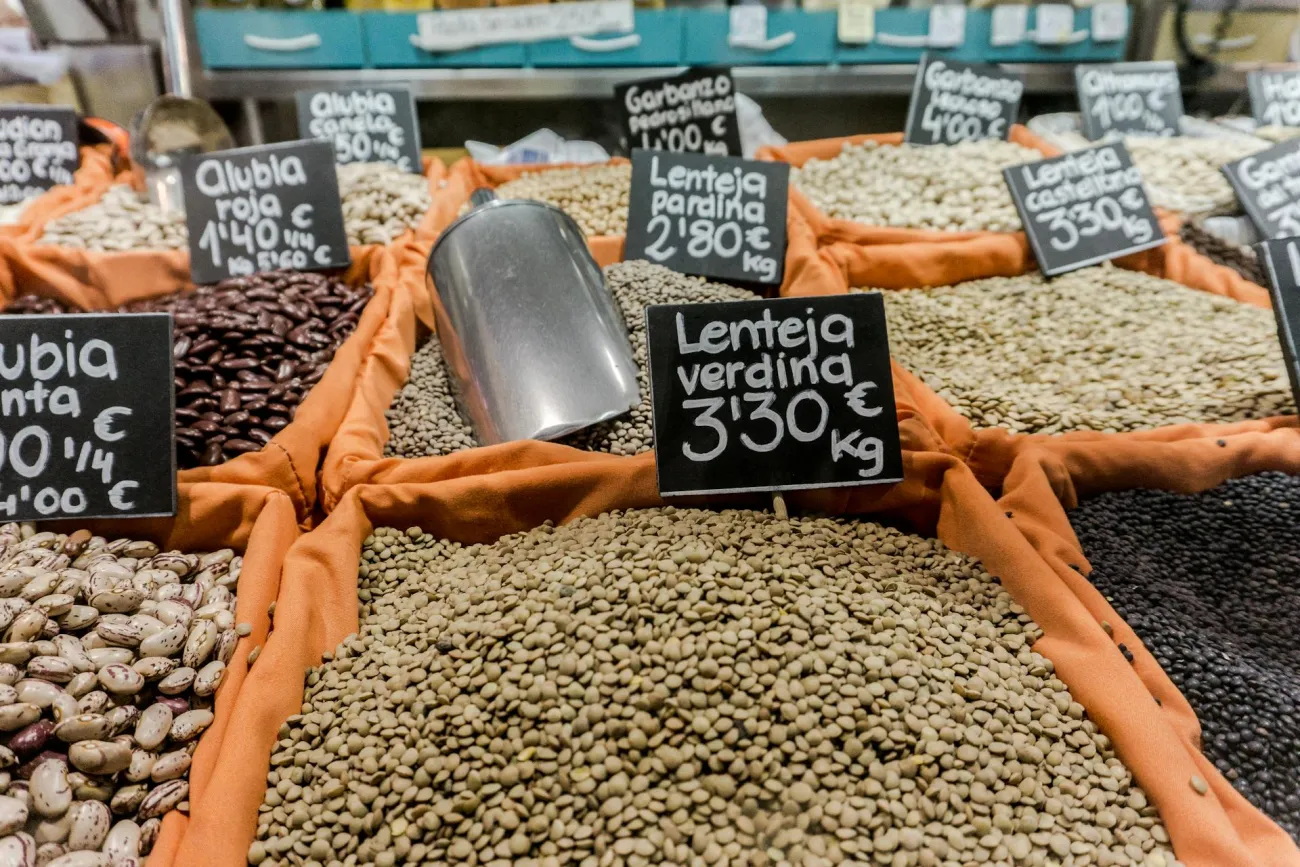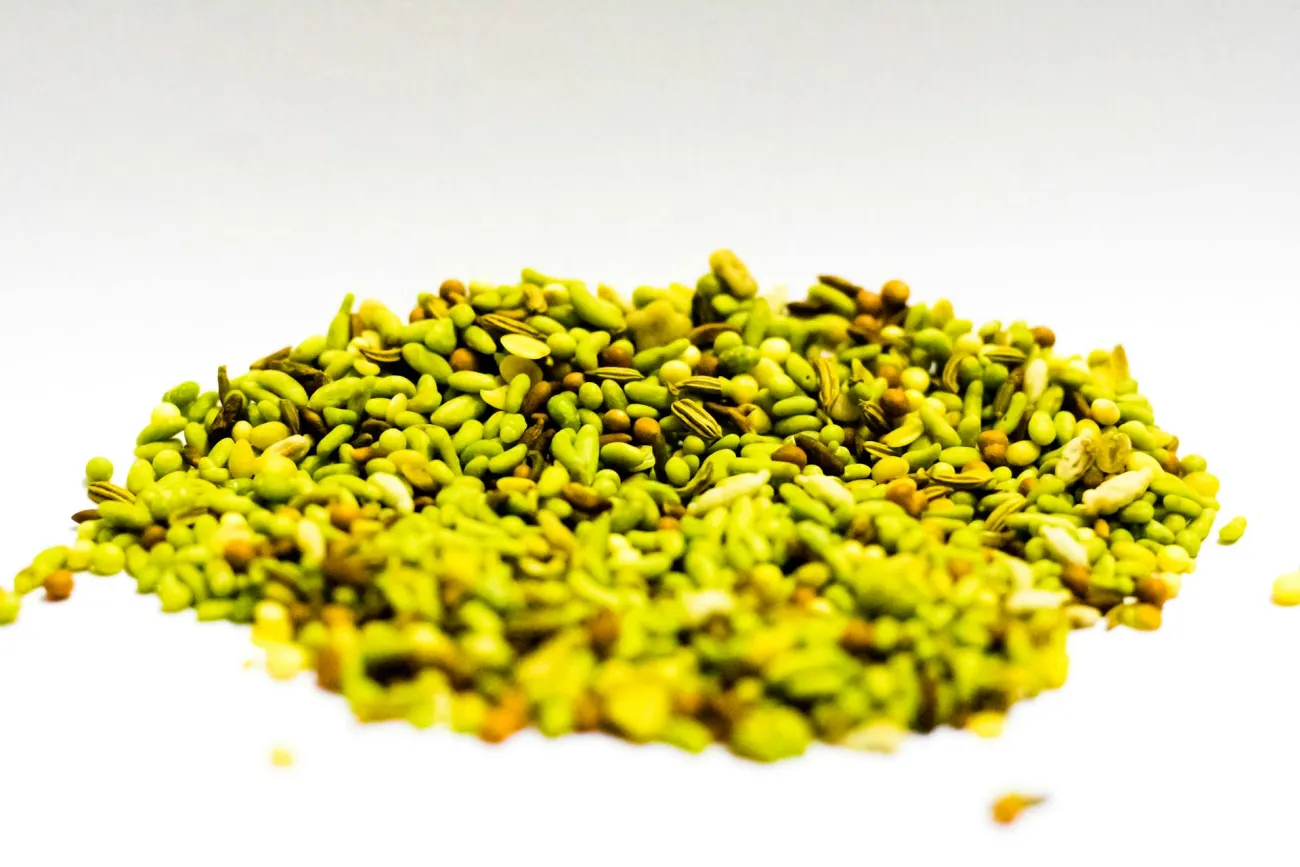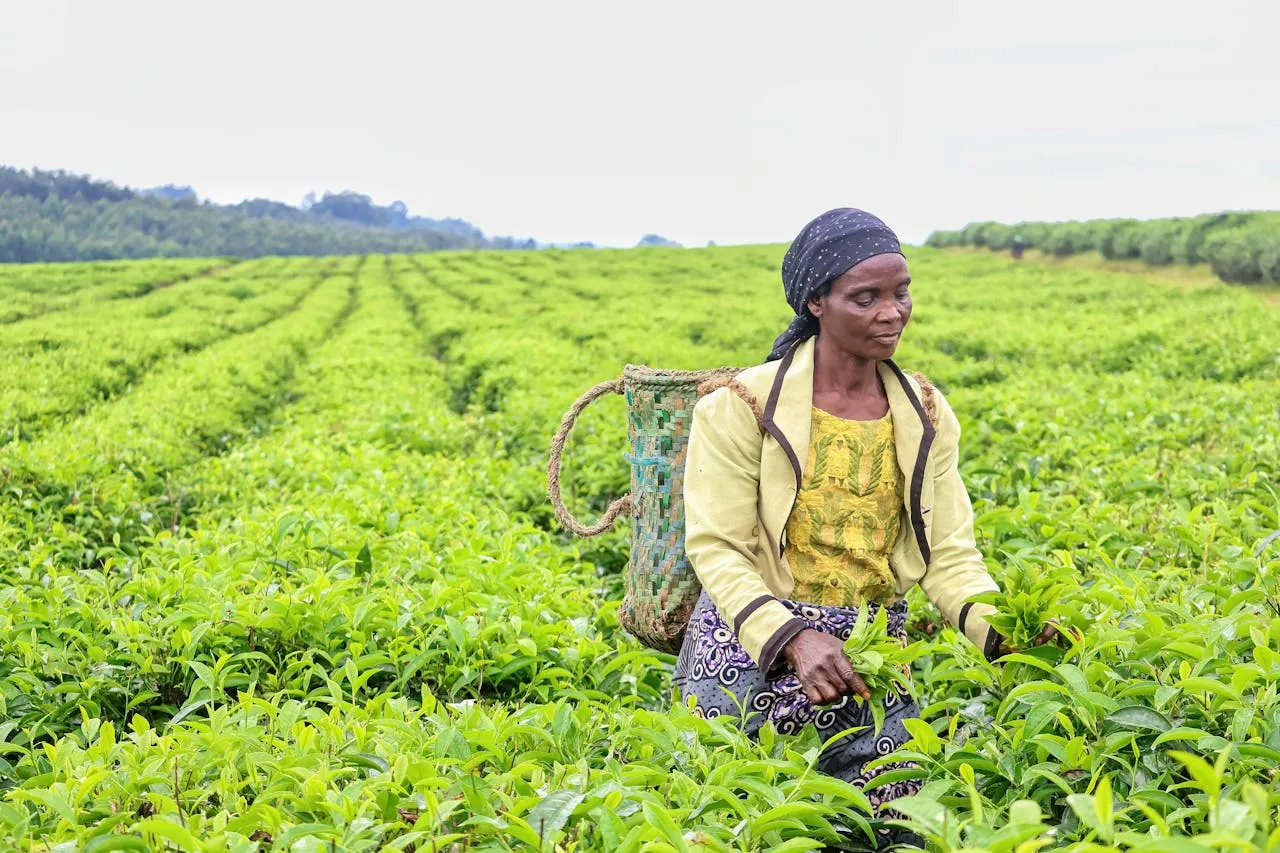The cross-research council Food Security website reports on the findings of a team from the University of Cambridge and Rothamsted Research. This team has identified a family of genes that could help us breed grasses with improved properties for diet and bioenergy.
The genes are important in the development of the fibrous, woody parts of grasses such as rice and wheat. The majority of the energy stored in plants is contained within the woody parts, and billions of tons of this material are produced by global agriculture each year in growing cereals and other grass crops. The team hopes that by understanding how these genes work, they might, for example, be able to breed varieties of cereals where the fibrous parts of the plants confer dietary benefits, or crops whose straw requires less energy-intensive processing in order to produce biofuels. This research could offer the possibility of multi-use crops where the grain could be used for food and feed and the straw used to produce energy efficiently.
You can read coverage of the findings here.
You can read the paper itself (if you can manage it – this is the title: Glycosyl transferases in family 61 mediate arabinofuranosyl transfer onto xylan in grasses …) here.




Comments (0)